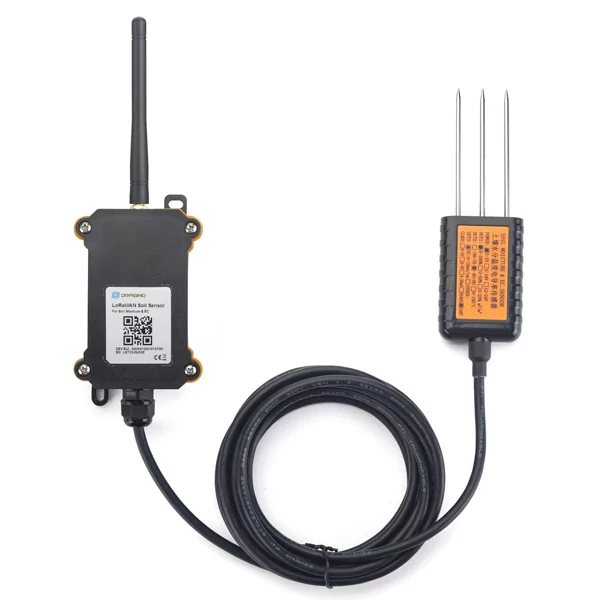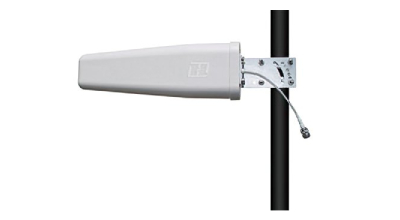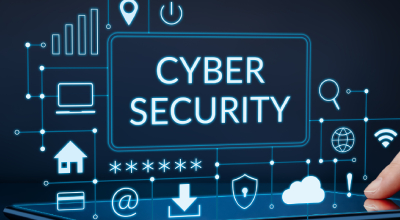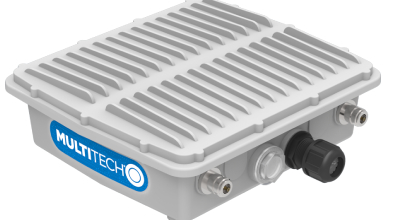
LoRaWAN Device Management
LoRaWAN device management refers to the process of managing and monitoring a large number of LoRaWAN devices, often referred to as a "fleet," deployed across various locations for different applications. These devices can include sensors, actuators, trackers, and other IoT devices that use the LoRaWAN communication protocol.
Device management encompasses several tasks and responsibilities, such as:
- Provisioning and onboarding: Registering and configuring devices on the network to ensure seamless communication between devices, gateways, and network servers.
- Device monitoring: Keeping track of the performance, health, and status of devices, including signal strength, battery life, firmware version, and any potential issues.
- Firmware updates: Remotely updating the firmware of devices to improve security, fix vulnerabilities, and add new features.
- Security management: Implementing and maintaining strong security practices, such as encryption and authentication, to protect devices and data from unauthorized access.
- Network management: Monitoring and managing the underlying LoRaWAN network infrastructure, such as gateways and network servers, to ensure optimal performance, coverage, and reliability.
- Data management: Collecting, processing, and analyzing data from devices to derive insights, optimize operations, and support decision-making.
- Compliance and regulation: Ensuring devices and management systems comply with local regulations, industry standards, and best practices related to radio frequency spectrum usage, data privacy, and security.
- Device lifecycle management: Overseeing devices throughout their entire lifecycle, from provisioning to decommissioning, including maintenance, repairs, and secure retirement when devices reach the end of their useful life.
LoRaWAN device management typically involves using software tools and platforms specifically designed for managing large-scale deployments of IoT devices. These tools enable administrators to automate and simplify many of the tasks associated with managing a fleet, helping to ensure the efficient and secure operation of LoRaWAN devices across various applications.

Considerations for LoRaWAN device management?
LoRaWAN (Long Range Wide Area Network) is a low-power, long-range communication protocol designed for IoT (Internet of Things) applications. Device management is crucial to ensure efficient and secure operations of LoRaWAN devices. Here are some considerations for LoRaWAN device management:
- Provisioning and onboarding: Provisioning refers to the process of registering devices on the network, while onboarding involves configuring the devices for communication. Consider using a secure and scalable method for registering and configuring devices to make it easier to manage large-scale deployments.
- Device identity and security: Ensure that each device has a unique identifier to avoid conflicts or impersonation. Use strong encryption mechanisms (such as AES-128) and secure authentication techniques (such as OTAA - Over The Air Activation) to protect your network and devices from unauthorized access.
- Firmware updates: Regularly update device firmware to fix vulnerabilities, improve performance, and add new features. Plan a secure and efficient over-the-air (OTA) update mechanism to minimize downtime and ensure the integrity of the updates.
- Device monitoring and diagnostics: Monitor device performance, battery status, signal strength, and other relevant metrics to ensure they are operating efficiently. Develop a robust logging and diagnostics system to quickly identify and resolve issues.
- Power management: Since many LoRaWAN devices are battery-powered and deployed in remote locations, it's important to optimize power consumption. Implement power-saving features, such as adaptive data rate (ADR) and deep sleep modes, to extend battery life.
- Scalability and interoperability: As your LoRaWAN deployment grows, you'll need a management system capable of handling a large number of devices. Ensure that your device management solution is scalable and can seamlessly integrate with devices from different manufacturers and network servers.
- Network management: Managing the underlying LoRaWAN network infrastructure, such as gateways and network servers, is crucial for optimal device performance. Monitor and manage network resources to ensure coverage, capacity, and reliability.
- Data management and analytics: Efficiently collect, store, and process data from your LoRaWAN devices. Develop analytics solutions to derive actionable insights, optimize device performance, and support data-driven decision-making.
- Compliance and regulation: Be aware of local regulations and industry standards, such as radio frequency spectrum usage, data privacy, and security requirements. Ensure your devices and management systems comply with these regulations to avoid penalties and ensure smooth operations.
- Device lifecycle management: Manage devices throughout their entire lifecycle, from provisioning to decommissioning. This includes monitoring performance, handling maintenance and repairs, and securely retiring devices when they reach end-of-life.

LoRaWAN Security Considerations
LoRaWAN devices are designed to provide secure, low-power, and long-range communication for IoT applications. However, they are not immune to security risks. Here are some physical and digital security risks associated with LoRaWAN device management:
Physical Security Risks:
- Device tampering: Unauthorized individuals might attempt to physically access or tamper with devices to extract sensitive data, such as encryption keys, or to disrupt network functionality. This could result in data breaches or network downtime.
- Eavesdropping: Attackers may use specialized equipment to intercept and analyze radio signals, potentially gaining access to sensitive data or device metadata.
- Device theft: Theft of devices may lead to unauthorized access, network infiltration, or the loss of sensitive data stored on the device.
- Gateway disruption: Gateways are critical components of the LoRaWAN infrastructure. Physical attacks on gateways, such as damage or vandalism, could lead to loss of network connectivity and service disruption.

Digital Security Risks:
- Replay attacks: Attackers might capture and retransmit a legitimate packet to cause confusion, unauthorized access, or network congestion.
- Man-in-the-middle attacks: An attacker could intercept and alter communication between the device and the network server, potentially injecting malicious commands or stealing sensitive data.
- Sybil attacks: An attacker may create multiple fake devices to impersonate legitimate ones, potentially overloading the network or causing other devices to be disconnected.
- Jamming attacks: Attackers can use specialized equipment to generate radio interference, disrupting communication between devices and the network server.
- Denial of Service (DoS) attacks: By flooding the network with malicious traffic or exploiting vulnerabilities, an attacker can cause the network to become unresponsive, impacting legitimate devices and users.
- Encryption key compromise: If encryption keys are not securely managed, attackers might obtain access to these keys, enabling them to decrypt and manipulate data or impersonate devices.
- Inadequate firmware updates: If firmware updates are not properly secured and validated, attackers can exploit vulnerabilities in outdated firmware or inject malicious code.
- Device impersonation: Attackers might impersonate a legitimate device to gain unauthorized access to the network, inject malicious commands, or steal sensitive data.
To mitigate these risks, it is crucial to follow best practices for LoRaWAN device management, such as implementing strong encryption and authentication mechanisms, regularly updating firmware, monitoring network and device performance, and ensuring physical security of devices and infrastructure.


